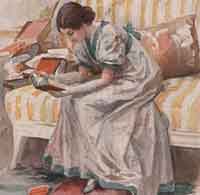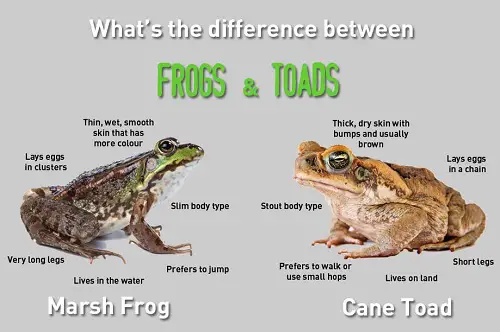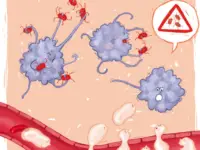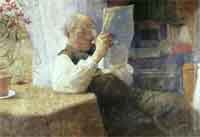
Why do Warts bleed?
Warts are minute painless growths on the skin which is caused by a virus known as human Papillomavirus (HPV). These viruses are not harmful. Warts appear in various different shapes and look awkward. They hurt or pain infrequently. A wart appears round, bulged with a very rough surface. Based on the skin surrounding them warts can be of light colored or dark colored. The different types of warts are common warts, flat warts, genital warts, plantar warts, subungual and periungual warts. Flat warts and warts with unusual smooth surface may be difficult for the people to recognize it properly.
Plantar warts are those that occur on the sole or heel or on the ball of the feet. When the person with warts causes pressure on them by standing and walking for long, the pressure can make them to become still more severe. The plantar warts are created when Papilloma virus enters the body through any cuts or cracks at the feet or in any part of the skin. Though the antibodies in the blood fight to destroy the virus, they will manage to settle at the foot region to create plantar warts.
The plantar warts and common warts may appear white or pink in color. Most often plantar warts are grey or brown in color. The plantar warts develop rough or uneven surface, granule like texture on the surface and spots that are black. Black spots and streaky lines are considered as characteristic features of plantar warts which result due to the bleeding of blood vessels into the warty tissue. The bleeding might result when the warts are scratched or cut. The warts on the foot which are almost pressed due to pressure are called as Verrucas. Verrucas are very sore and make the person to feel difficult while standing or walking. The Verrucas are flat and soft lesions surrounded by hard edges. The black spots that are observed in the Verrucas are due to the bleeding in them when high pressure is exerted on the warts due to standing and walking.













Leave a Reply